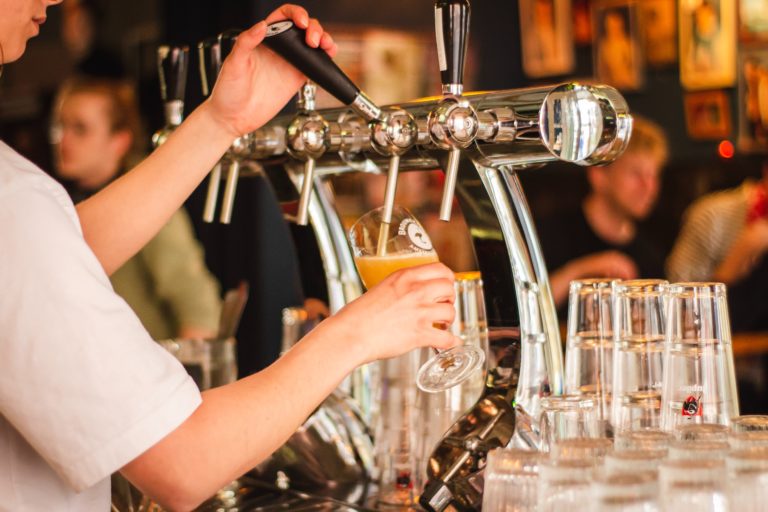The History of Grand Rapids is a long and intricate one, filled with new inventions and lots of rich history. It starts long before one would think and continues to progress till this day. It’s one that you’ll not want to miss and are sure to want to learn more about.
The long history of Grand Rapids started almost two thousand years ago with the Hopewell people. Unfortunately we do not know what these people called themselves, as they came before the Ottawa (Odawa), Chippewa (Ojibwa), and Potawatomi tribes that later inhabited the area. The Hopewell people are most known for their large burial mounds, including some that can still be found in Millennium Park here in Grand Rapids, you can also see more artifacts from the Hopewell people at the Grand Rapids Public Museum to learn more about their culture. Later settlers never interacted with the Hopewell people but did find the Ottawa (Odawa), Chippewa (Ojibwa), and Potawatomi tribes around 1700 AD when they started westward expansion. These tribes had villages around what is now the Grand River, near where Interstate 96 currently is.
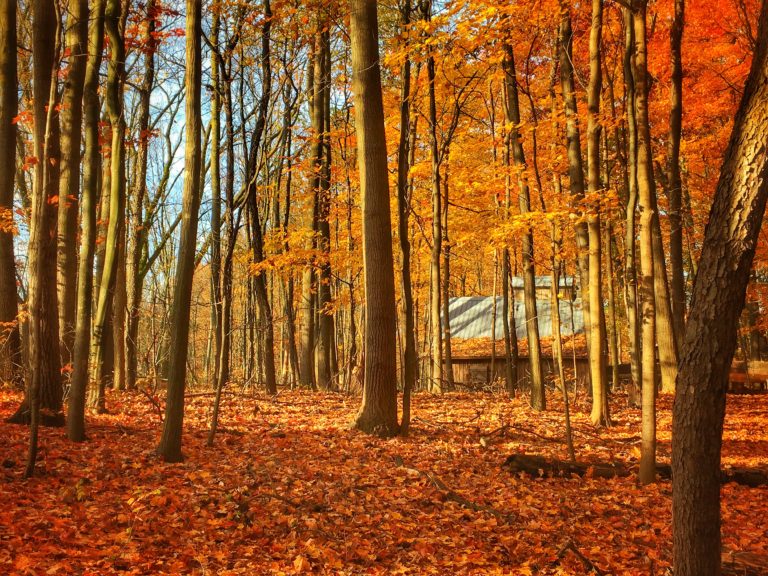
In 1806 French-Canadian Joseph La Framboise and his wife Magdalene, who was of mixed Ottawa and French descent established the first fur-trading post here in Grand Rapids. Around twenty years later Louis Campau, originally from Detroit, traveled to this new place and built a trading post, blacksmith shop, and cabin on the banks of the Grand River. From these actions and many others he is known today as the official founder of Grand Rapids, though it didn’t become an official village until 1838 and then a city in 1850. The first formal census of Grand Rapids was performed in 1845 and recorded the population of 1,510 people with an area of four square miles. Currently the population of Grand Rapids is 202,767 making it the second largest city in Michigan behind Detroit which has a population of 664,139.

Grand Rapids first got its ‘boom’ in 1841 when gypsum, a common component in plaster, was found in the area. These mines snaked under the city for sixty a hundred and sixty years, eventually closing all thirteen operations in 1999. Currently these mines are used for dry storage and some are even found under the Mines Golf Club and Millennium Park.
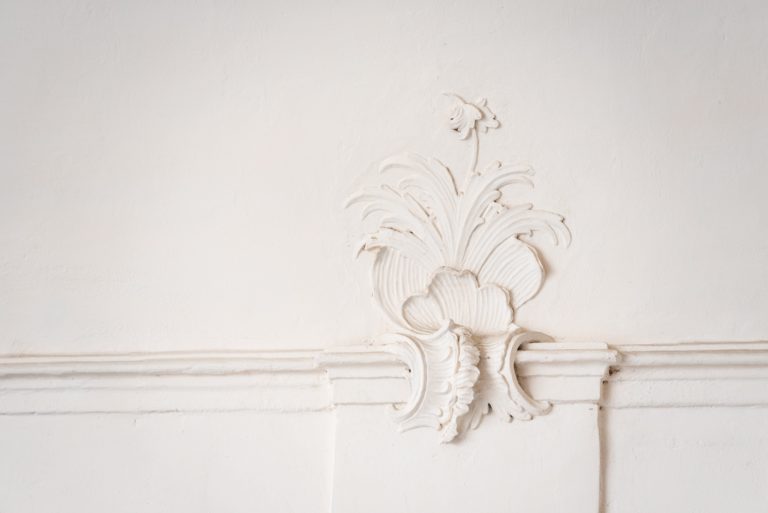
In the 19th century Grand Rapids became home to forty four furniture companies and the city was soon recognized as America’s Furniture City. This furniture was being made thanks to the logging that was coming from the northern parts of Michigan, some factories even using the river to power their plants, these factories at first focused on residential furniture but in recent years the change has been made to focus on office furniture.
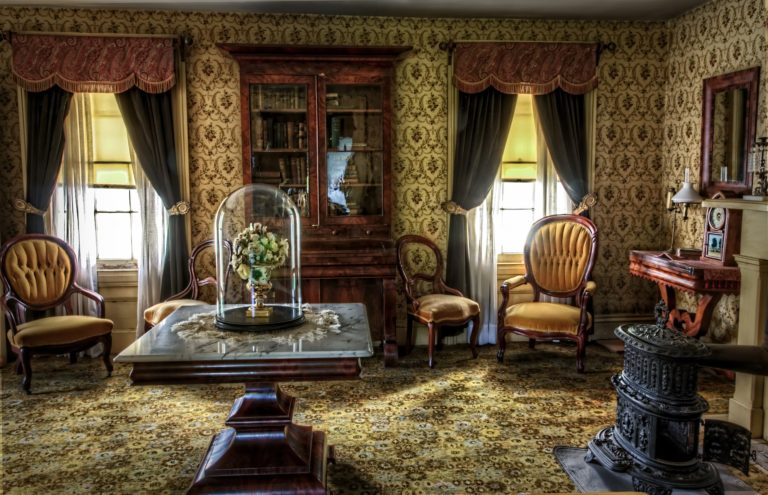
In 1854 the Grand Rapids and Indiana Railroad became the country’s longest north-south railroad, providing passenger and freight services between Cincinnati, Ohio and the Straights of Mackinac, which is the waterway between Michigan’s Lower and Upper Peninsulas. Sadly a large portion of the railroad ceased operation a century later and much of the railway has been converted to paved biking and running trails.

As the world moved on and Grand Rapids grew it kept with the times with innovative ideas and solutions. In 1881 the country’s first hydro-electric plant came to life on the city’s west side, this plant provided light for the Wolverine Chair Company. Slowly the city started to add more educational advances in the form of colleges and universities, it started with Davenport University in 1866, and not ten years later Calvin College was built as well. Soon after was Aquinas College (1886), Grand Rapids Community College (1914), Kendall College of Art and Design (1928), and finally Grand Valley State University (1960) which is situated in nearby Allendale. In 1945 it became the first city to use fluoride to it’s drinking water, which can help in preventing cavities and tooth decay.
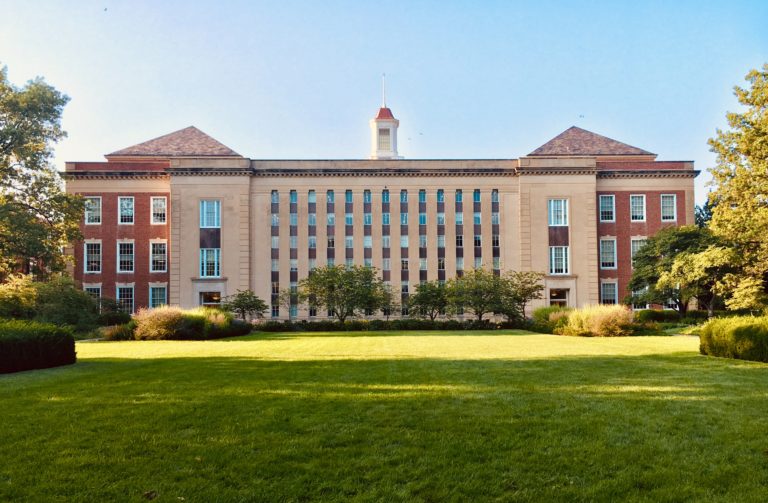
Grand Rapids was home to President Gerald R. Ford in his youth, though he was not born here he spent a great amount of his time here. From 1948-1973 he represented the city in the House of Representatives before becoming President Nixon’s Vice President in 1973. He then become the President in the wake of Nixon’s resignation later the next year, and was president from 1974 to 1977. He was also the only President not elected into his position, because Nixon picked him as a replacement Vice President he was never elected into a position. When Nixon eventually resigned he naturally took the seat until the next election when Jimmy Carter won and became the 39th president.
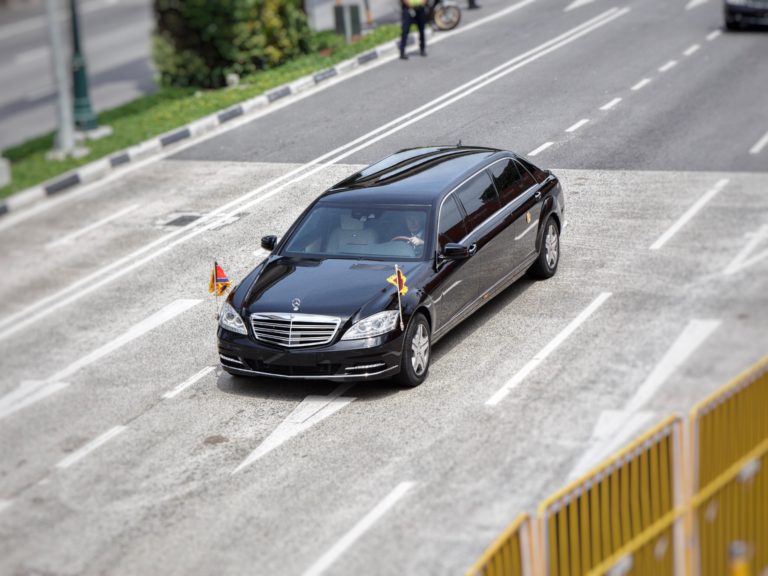
These days Grand Rapids is called Beer City USA, this all started in 1836 when Englishman John Pannell built a small brewery in current downtown Grand Rapids. The brewery scene here thrived until Prohibition was ratified in the early days of 1920. A few breweries tried to hold on but ultimately the last one closed in 1951. The unwanted dry spell ended in 1997 when a pair of classmates opened Canal Street Brewing, later renamed Founders Brewing Company, Founders is now the largest of over seventy five local craft breweries.
